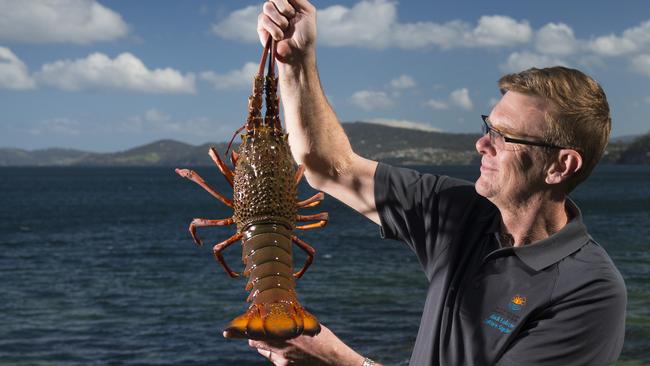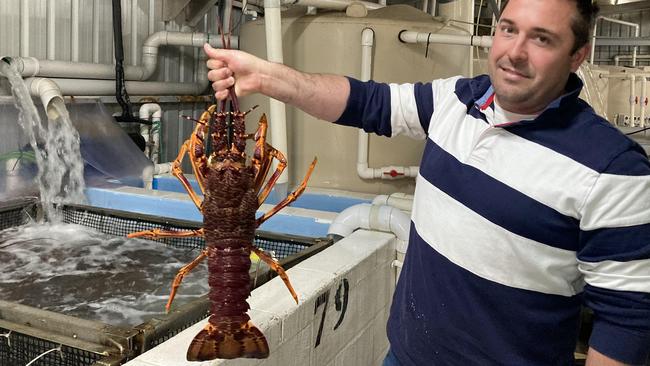Guess who’s coming for dinner: New lobster settles in SA waters
Experts say a delicacy once native to Australia’s east coast has officially arrived in South Australian waters.

SA News
Don't miss out on the headlines from SA News. Followed categories will be added to My News.
A new seafood delicacy could soon grace SA dinner plates, with the first scientific proof that the nation’s east-coast lobster has migrated well into state waters.
Until now the lobster has stopped not far west of the Victorian border, where fishers target its cousin – the southern rock lobster.
But scientists have discovered two westward ocean currents are moving larvae of the eastern rock lobster species well into the state’s waters and closer to our dinner table.
Department for Primary Industries and Regions scientists have for the first time studied the migration, following up on anecdotal reports of curious catches in recent years.
SAs fortune comes from an unlikely source, thought to be caused by global warming over the last three decades.
“Reports of eastern rock lobster being landed in South Australian waters are extremely rare, being primarily limited to a few individuals caught in the southern zone,” scientist Dr Adrian Linnane said.
“We have the first ever verified records of S. verreauxi (eastern rock lobster) in the northern zone rock lobster fishery of South Australia, which are the most westerly records ever documented in terms of overall distribution for this species.”
The eastern lobsters were proven to have migrated based on findings from an “at-sea catch sampling program” between scientists and commercial fishers, which is used to monitor the lobster industry.
The two animals caught at Neptune Island and Point Drummond on the far west coast are the first outside of the SA south east fishing grounds. Another was found at Rivoli Bay, also well north west of the fishery in the state’s south east.
Mr Linnane said the state’s offshore Flinders current and the inshore coastal current were thought to have brought the crustaceans well into SA waters.
The movement of the Flinders current — that transports subsurface water westwards along the southern shelf of Australia — means some of our newest inhabitants may have originated in Tasmania.

Also near-shore current may sweep the lobster larvae from Bass Strait and coastal Victoria into SA waters.
The migration also brings good news for the business community. The southern rock lobster
fishery is South Australia’s most valuable fishery resource bringing in $83 million in 2020/21.
The two species appear similar, with the southern crustacean being larger, having a rougher shell and being red rather than dark green.
SARDI will now continue to monitor the expansion of the eastern rock lobster within South Australia.
Dr Linnane said eastern rock lobsters prefer warmer temperatures from about 14.5 to 21.5 degrees, but southern rock lobsters like cooler temperatures down to 9 degrees.
“We know that sea-surface temperatures within South Australia have increased since 1991,’’ he said.
“This suggests that local environmental conditions within South Australia are now favourable to Eastern Rock Lobster settlement, survival, and maturity, to adult stages.”




